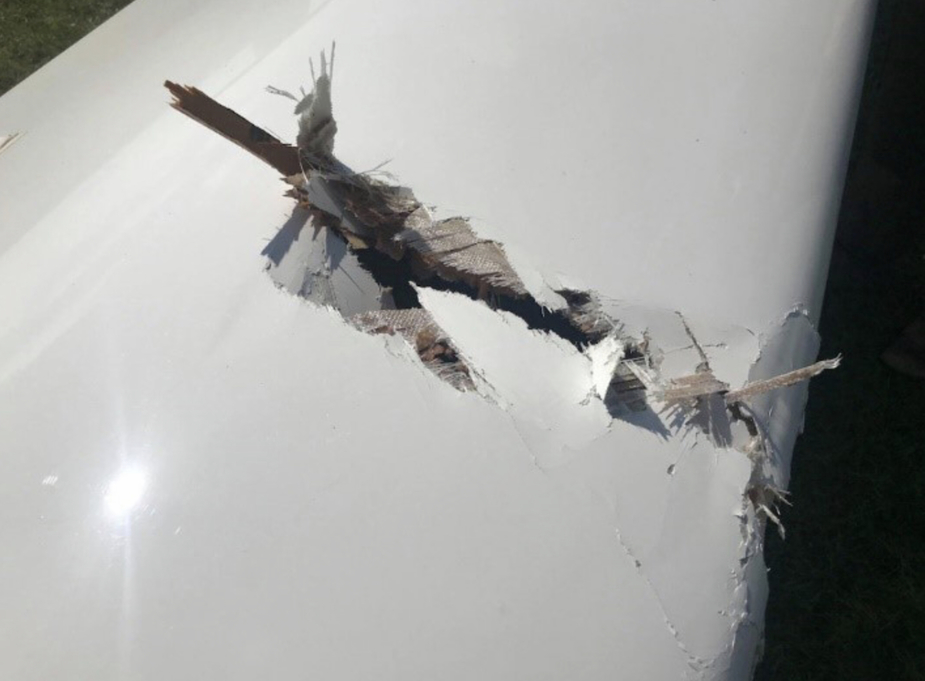The take away for me is to increase, if at all possible, my scanning of the outside world. Some birds will dive away, but many other will just sit there and “wait”
I am sure for gliding or microlight you get to see & avoid, you even get one or two who land on the wing while you are circling
At 110kts, the only defense is flying above 2000ft agl and hope the stats work…hitting on takeoff & landing falls under sub-80kts
The other takeaway wood & fabric structures do not tolerate damage (ground impact, hangar rush, bird strike, hail damage, mid air collision…)
Ibra wrote:- The other takeaway wood & fabric structures do not tolerate damage (ground impact, hangar rush, bird strike, hail damage, mid air collision…)
Are you serious?🙂 No smiley face on the statement.
gallois wrote:
Are you serious?
Why wouldn’t he be?
Well because I don’t know of any metal or composite aircraft which tolerates the damage listed either.🙂
Surely the same bird hitting metal structure wing on that part is not “the end”? even composite can get away with lot of damage on that part of the wing including mid air collisions
There is no inflation/deflation involved, as long as the wing stays attached there is some chance…

I fly wood & fabric and almost hit birds near the ground, I never expected it’s “game over” for wings on impact
Similar fatal accidents, according to the report have been recorded on a TB20 a Cessna 172R several composite gliders and ULMs.
The report also records a similar bird strike a few years ago on another Robin 400 which happily landed safely. So IMO it would be difficult to conclude that wood and fabric is being more susceptible to damage from this sort of bird strike than any other.
I think there too many variables to conclude one type of construction to be definitely superior to the other. That said, I think I prefer metal and composite over tube and rag.
I don’t get it, the report says the damage was small and localised on that wing but still blamed another moving part: the wing getting inflated, the latter seems like serious material risk specific to fabric?
A bit like saying engine fire on fabric or composite is the same as engine fire on metal structure as it’s all random and hard to tell due to complex physics…
If you look at the underside of the wing you will see the tear goes right across from front to back.
The TB20 was brought down by a Griffin Vulture, only slightly heavier than the Cormorant in this case.
There are many more bird strikes in aviation than you might think. In France for instance there are regular reports in the REX but only superficial or non injurious or fatal accidents. This one is of course recorded because it was fatal.
The problem highlighted in this report was not the design or materials used on this aircraft but the increasing number of bird strikes over the last 10 years.